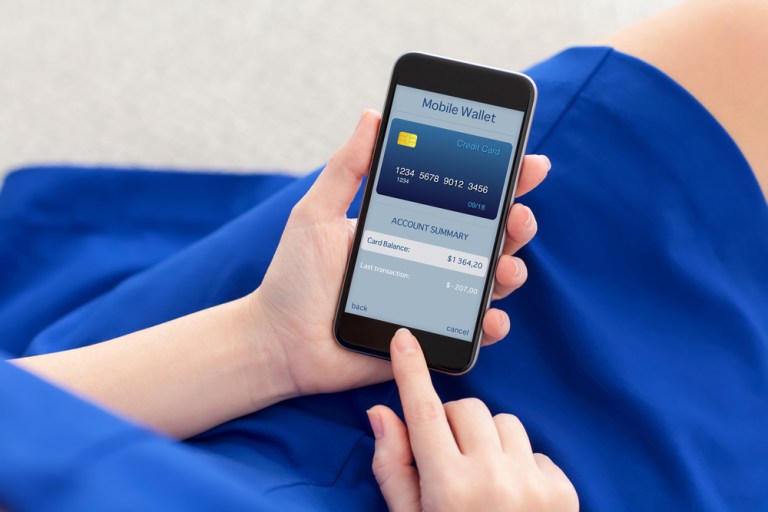The Big Questions For Mobile In 2017

Well, the gifts have been opened, the turkey is a memory being celebrated in cold sandwich form this week and the malls are once again full of shoppers — who are now returning what they didn’t like getting and getting themselves the right ones (and whatever else happens to be deeply discounted this week).
Yes, Christmas is one for the memory books, which can only mean one thing: get the tuxedo to the dry cleaners and put the champagne on ice because it’s almost time to ring out the old and ring in the new — year. And however you celebrate the end of one year and the beginning of the next, everyone shares one question:
What’s next?
Here are some questions to help frame those thoughts as we count the days and hours until 2017.
Have we seen the last of the [NAME]Pay?
This year, it seemed that the coolest payments accessory was a mobile wallet whose last name ended in “Pay.” Walmart launched Walmart Pay. Chase Pay took the covers off in 2015 but spent this year getting really serious about covering some big digital ground. Citigroup managed something of a surprise with Citi Pay and brought with it a new approach to mobile/digital wallets. Speaking of new, Kohl’s even rolled out Kohl’s Pay — though, as of now, it is more a privilege for its own branded cardholders than anyone with a network branded card.
They, of course, joined the ranks of the existing “Pay” class — Apple Pay, Android Pay, Samsung Pay and PayPal (always a maverick in digital payments, PayPal went bold and put the pay first in its name, not second).
The obvious question for 2017: What as-yet-unnamed “Pays” are hiding in the shadows waiting to be unleashed?
While our instincts might be to want to stick a fork in it, we have a funny feeling that there are a few more waiting to sprout.
Will NFC payments ever feel the love?
The numbers so far, we have noted, don’t look that, well, loving. Apple Pay — the granddaddy of NFC-enabled mobile payments — isn’t a vote of confidence. Fewer than 20 percent of customers who can use the service (right phone and right merchant) have ever actually tried it. And even among those that have — who, statistically speaking, say they like the service — generally just don’t use it when they can. When it comes to cases at the POS, 90 percent of the time, the customer goes with plastic instead of digitally stored plastic.
What they are loving instead is something that adds a lot more value to their shopping experience and has nothing to do with physically interacting with a POS terminal: mobile order ahead. It’s now 6 percent of Starbuck’s volume after about a year, and where QSRs are offering it, it is driving up order value and reducing operational costs. The point of sale is an app and a smartphone.
Which leads to our next question…
Will the POS as we know it survive?
With all the big headlines about how Amazon has found yet another category of retailers to make desperately unhappy with its foray into the world of real-world grocery stores, the underreported headline is what else Amazon is taking aim at with its launch — the traditional POS. Instead of having consumers line up and scan their goods before they pay and leave, Amazon — through the magic of sensors and security cameras — is keeping track of what consumers are adding to their smart baskets as they shop, tabulating the buy in the app and charging the customer’s card Uber-style once they are done leaving the store.
Who needs a checkout line?
And while Amazon got the most press for this innovation, it should be noted that it is not quite the first to market with it in a big way. Walmart — through its Sam’s Club wholesale store division — has been quietly piloting a similar, if less high-tech, version of a POS-free world by giving shoppers the ability to scan their goods as they go and then check out via Walmart Pay without making a stopover in the checkout line.
And while Walmart has not announced it is bringing that to its retail stores, it also hasn’t announced it is not bringing it to its retail stores. The official answer on that subject seems to be “we’ll see.”
So, perhaps the most relevant question is not whether consumers will be using Apple Pay — or its various analogs — at the POS to pay for stuff. The better question is wither the future of checkout counters — and the terminals on them.
An answer we may not have the answer to entirely in 2017 but may begin to take shape over the next 12 months.